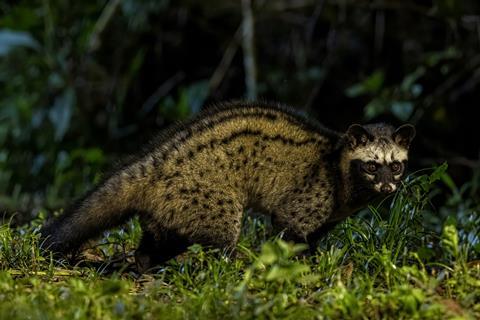
Coffee beans that have been eaten and passed through the Asian palm civet have a higher concentration of fat and compounds known for their flavour-enhancing and dairy-like properties, which could explain their superior taste.
Civet coffee, also known as kopi luwak, is produced after the Asian palm civet feeds on ripened coffee berries. When the pulp is digested, the beans are excreted and these samples are collected and processed further to recover the coffee beans, which then go on to be roasted.
At $600–$1300 (£450–£975) per pound of beans, it is one of the most expensive varieties of coffee and is said to have an enhanced aroma, flavour and nutritional value. There is debate on the ethical issues of civet farming for coffee production, however in this study the civets were wild.
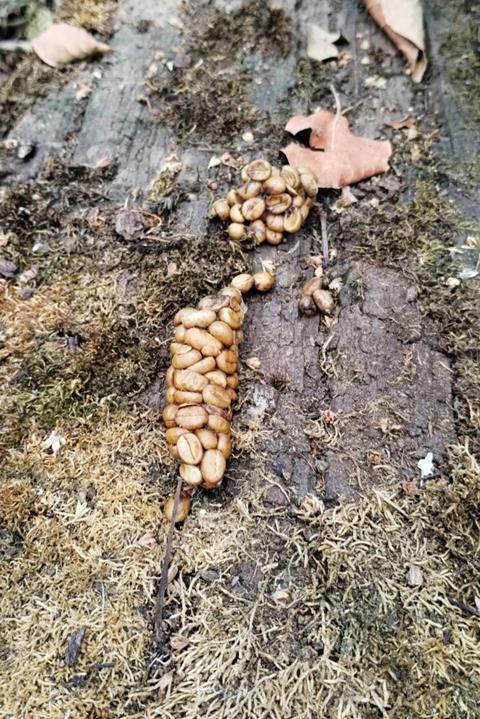
The study set out to compare the physical and chemical characteristics of civet-derived and manually harvested Robusta coffee beans from coffee estates across Kodagu in the Western Ghats biodiversity hotspot in south India.
The coffee beans used in the study were unroasted to preserve their native chemical profiles and were ground to produce a fine powder for chemical testing. Using gas chromatography–mass spectrometry they carried out profiling of the volatile and semi-volatile compounds and fatty acid methyl esters.
The scientists found that the civet coffee beans had a significantly higher fat content with elevated levels of caprylic acid and capric acid methyl esters – compounds known for their flavour-enhancing properties and dairy-like aroma. They added that it was likely that the natural fermentation involved in the digestive process of the civet modified the chemical composition of the beans, intensifying their flavour and giving the coffee ‘distinctive sensory characteristics’.
‘The chemical comparison further supports the notion that civet coffee is chemically different from conventionally produced coffee of similar types, mainly due to fermentation,’ they concluded.
They added that in future it would be valuable to expand testing to include Arabica varieties of coffee beans, from which most civet coffee is made, and investigate the impact of roasting on the chemical composition.
References
R Mitra et al, Sci. Rep., 2025, 15, 3628 (DOI: 10.1038/s41598-025-21545-x)




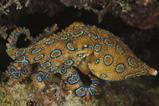

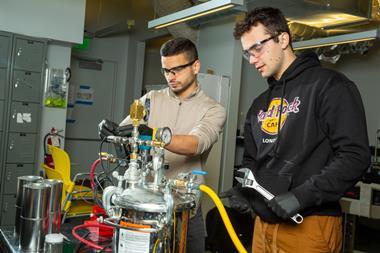

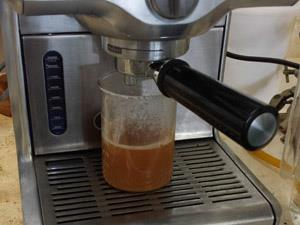





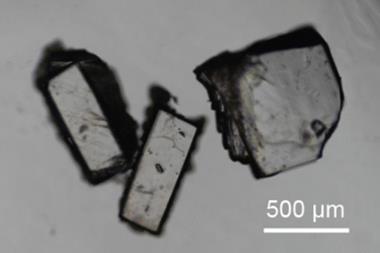
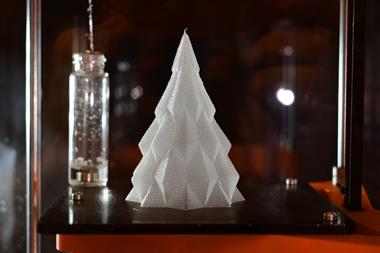

No comments yet